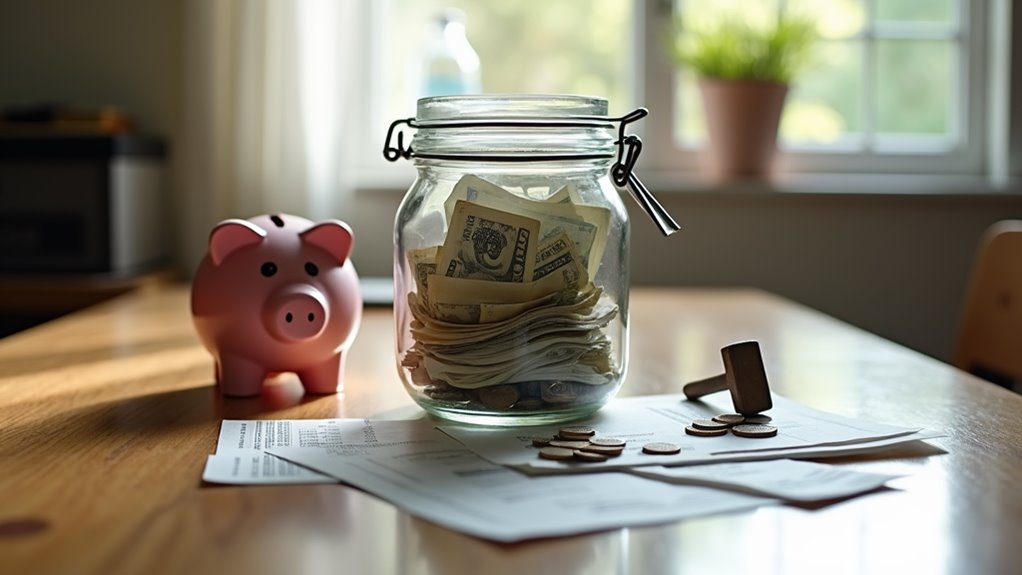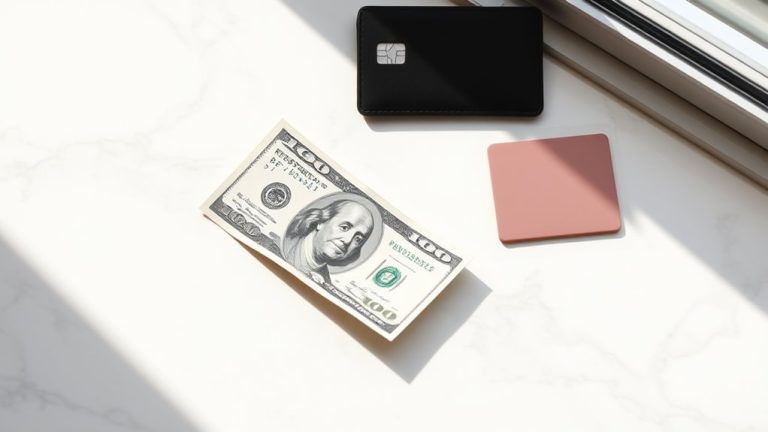Imagine waking up one morning to find you just got fired, or getting an unexpected call from the doctor with unsettling news. These financial curveballs can hit anyone, anytime, yet many of us are unprepared.
The truth is, life’s surprises don’t wait for the right moment. They strike when you’re least prepared. However, you don’t have to be caught off guard. Having an emergency fund not only shields you from spiraling into debt but also offers peace of mind in turbulent times.
Today, we discuss why building an emergency fund is essential and how you can start creating one ASAP.
Key Points
- An emergency fund provides financial protection against unexpected expenses like medical bills, car repairs, and job loss.
- Financial experts recommend saving three to six months of living expenses in an easily accessible savings account.
- Start with a goal of $500 and gradually build up savings through automatic monthly transfers from your checking account.
- Keep emergency funds separate from regular checking accounts, preferably in a high-yield savings account for better interest earnings.
What Is an Emergency Fund?
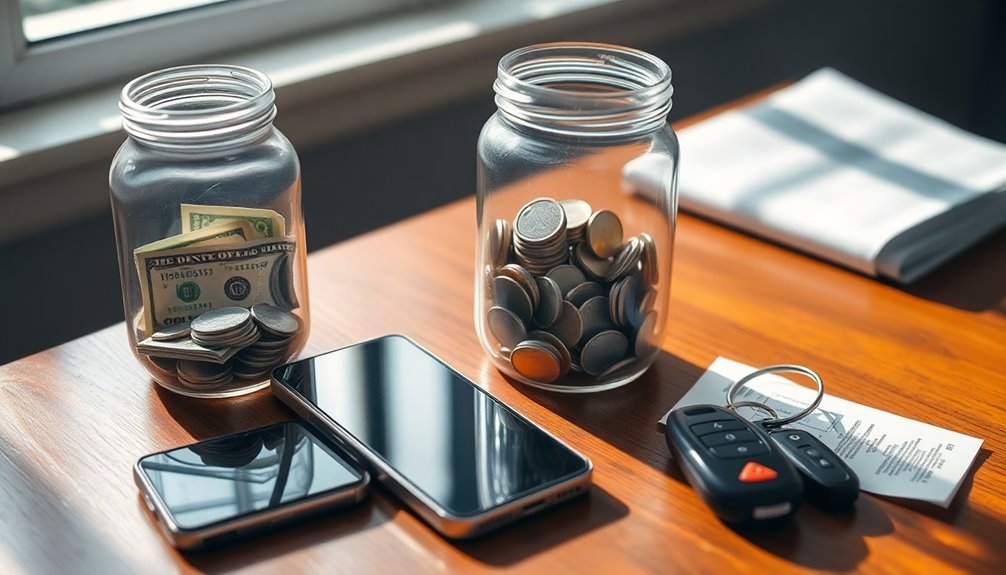
Uncertainty in life calls for smart financial planning, and that’s where an emergency fund comes into action. An emergency fund is a dedicated cash reserve you set aside specifically for unexpected expenses and financial emergencies.
You’ll use this money to cover unplanned costs like major car repairs, medical bills, or essential home repairs without relying on credit cards or loans. Think of your emergency fund as a financial safety net that protects you when life throws costly surprises your way.
Why Do You Need an Emergency Fund?
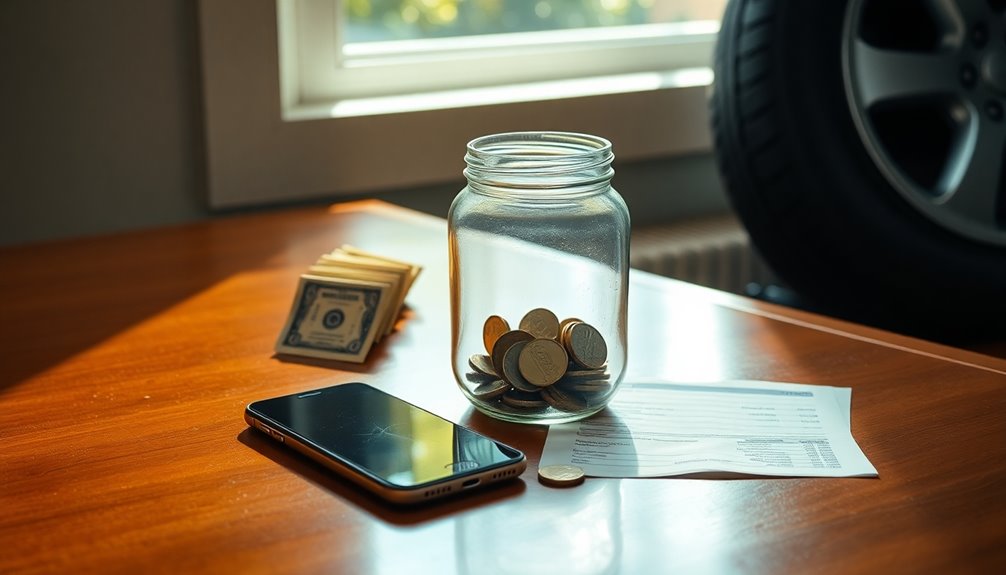
Protection Against Unexpected Expenses
Unexpected expenses can quickly derail even the most careful budget planning. Recent data shows that 23% of adults faced major, unexpected medical expenses in the past year, with costs typically ranging from $1,000 to $1,999.
You’re particularly vulnerable if you’re among the two in five Americans who can’t afford a $400 emergency expense.
Common unexpected costs include car repairs, emergency room visits, and household emergencies like plumbing failures. While 41% of people can pay these expenses from savings, more than one in five Americans have no emergency fund at all.
Avoiding High-interest Debt and Financial Stress
An emergency fund serves as a powerful shield against high-interest debt and its accompanying stress.
Without savings to fall back on, you’re more likely to rely on credit cards or payday loans when emergencies strike, which can trap you in a cycle of mounting interest and fees.
The impact of this debt extends beyond your wallet, as research shows that 80% of Americans experience anxiety about their finances, with debt being a major source of stress.
Peace of Mind and Flexibility During Crises
Peace of mind and flexibility during crises
Having an emergency fund delivers immediate peace of mind during life’s unexpected challenges.
When you’ve built a strong financial buffer, you’ll feel more confident facing potential setbacks like job loss, medical emergencies, or natural disasters.
Your emergency savings give you the flexibility to respond quickly to urgent situations without taking on high-interest debt.
How Much Should You Save in Your Emergency Fund?
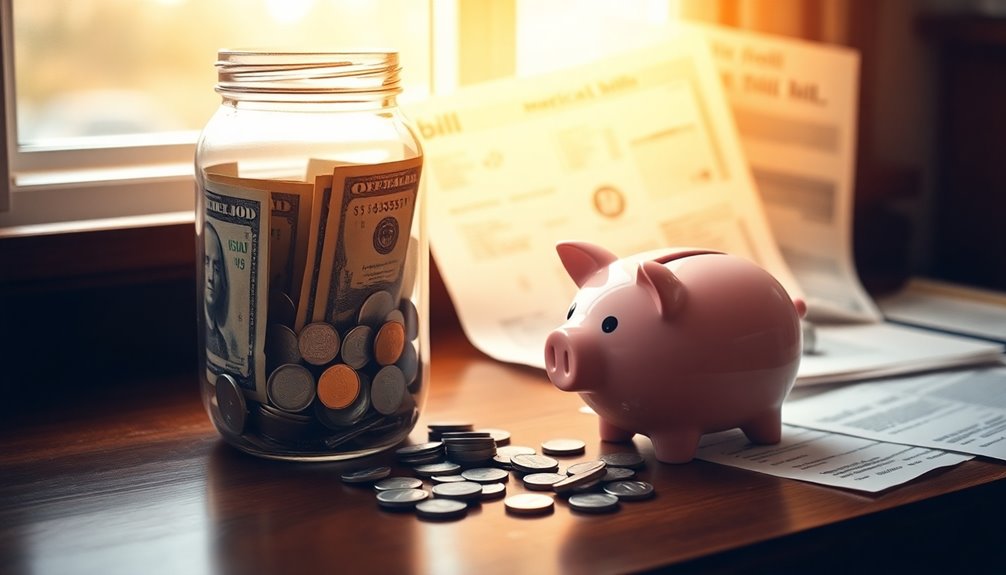
Experts typically recommend saving between three to six months of essential living expenses – though your specific situation may require more or less.
Start by calculating your monthly necessities: housing, utilities, food, insurance, transportation, and minimum debt payments. Then multiply that number by at least three.
If you’ve got a stable job with predictable income, you might aim for a three-month emergency fund. However, if you’re self-employed, work on commission, or have multiple dependents, you’ll want to save closer to six months of expenses.
These targets might seem overwhelming, but start with whatever you can. Even a small emergency fund of $500-$1,000 can help protect you from minor financial disruptions.
Steps to Building Your Emergency Fund
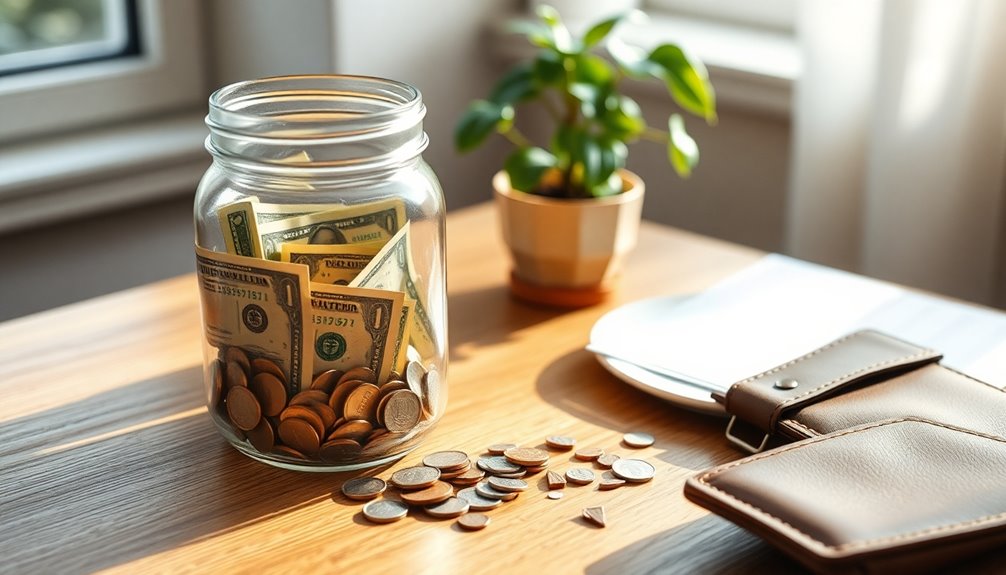
Set a Clear Savings Goal
Setting a clear savings goal provides the foundation for building your emergency fund effectively. Start by calculating your essential monthly expenses, including rent, utilities, and food costs. You’ll want to save enough to cover 3-6 months of these basic needs.
Begin with a modest target, such as $1,000, then gradually increase your goal as you build momentum. If you have variable income, plan for income fluctuations by setting a higher savings target. Writing down goals has been proven to improve your chances of achieving them.
Set specific timeframes for reaching each milestone, like saving $3,000 within six months. Review your goals quarterly and adjust them based on changes in your expenses or circumstances.
Remember to factor in common emergency expenses, such as potential car repairs or medical costs, when determining your final savings target.
Open a Separate Account
A dedicated bank account forms the backbone of a successful emergency fund strategy. To get started, choose a bank that offers minimal fees and competitive interest rates on basic savings or money market accounts.
Keep this account separate from your everyday spending to prevent accidental dips into your emergency savings. Set up automatic monthly transfers from your checking account to your emergency fund, making it easier to maintain consistent contributions.
Don’t forget to connect your emergency fund account to your preferred budgeting apps for seamless tracking.
Automate Your Savings
Three key automation strategies can transform your emergency fund savings from sporadic to systematic.
First, set up automatic transfers from your checking to savings account on each payday, ensuring a consistent savings rate.
Second, use your employer’s direct deposit feature to split your paycheck between accounts, automatically directing a portion to your emergency fund before you can spend it.
Third, leverage savings apps that analyze your spending patterns and automatically transfer small amounts to savings.
These apps, like Mint or YNAB, can also send notifications when your balance is low to prevent overdrafts.
To maximize success, treat your automated savings like a mandatory expense, track your spending regularly, and adjust your automatic transfers as your income changes.
This systematic approach removes the temptation to skip savings while building your emergency fund steadily.
Increase Contributions Over Time
Building a robust emergency fund requires gradually increasing your contributions as your financial situation improves.
Start by analyzing your monthly expenses and setting specific goals, such as saving three to six months of essential costs.
Adjust these targets as your income or expenses change over time. Look for opportunities to boost your savings rate through careful budgeting and reduced discretionary spending.
If your employer offers an emergency savings program, take advantage of any matching contributions or incentives they provide.
Remember that even small increases in your regular contributions can make a significant impact.
Review your progress quarterly and adjust your contribution amounts based on changes in your financial circumstances.

